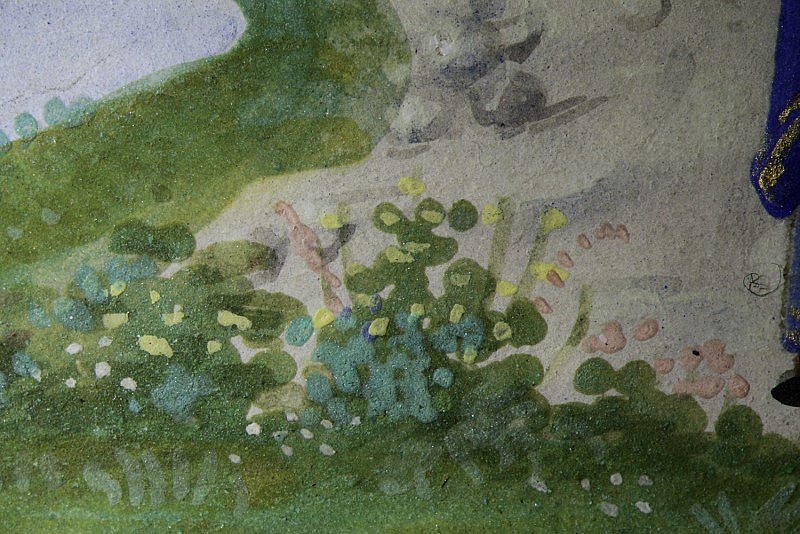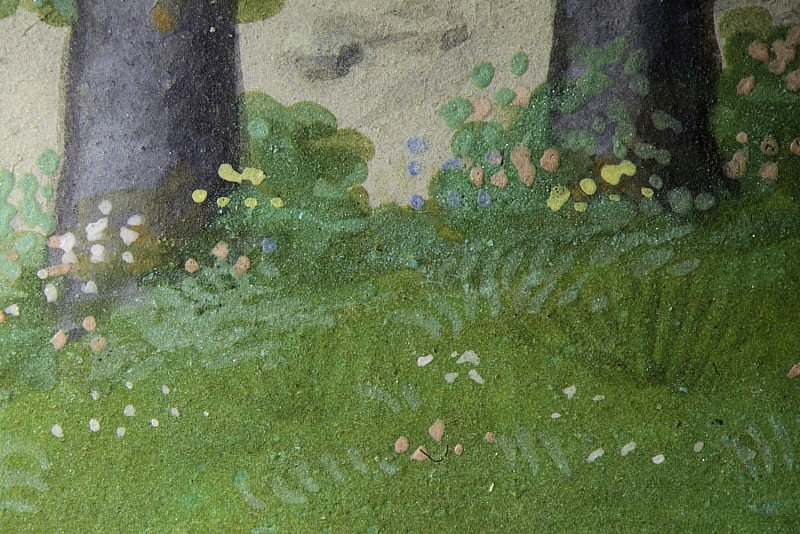Cardinal Albrecht of Brandenburg
Owners
Cardinal Albrecht of Brandenburg (1490-1545), Archbishop and Elector of Mainz, was an important political and ecclesiastical figure, a friend of Erasmus and an opponent of Martin Luther. He was also one of the most active art patrons of his day. Painters who completed commissions for him include Albrecht Dürer, Mattias Grünewald and Lucas Cranach the Elder who painted his portrait. The Book of Hours from which these leaves were taken, is the earliest of three manuscripts illuminated for him by Simon Bening. The main body of the book is in a private collection, but miniatures removed from it are dispersed across various institutions, including the Nationalmuseum in Stockholm, the Carnegie Museum of Art in Pittsburgh and the Metropolitan Museum of Art in New York. The other two manuscripts which Simon Bening illuminated for the Cardinal are his Prayerbook of c. 1525-1530 (Los Angeles, J. Paul Getty Museum, MS Ludwig IX 9) and another Book of Hours of c. 1530-1535 (Stockholm, Kungliga Bibliotheket, MS A.227).



Annunciation
In this image, the interplay of light and colour is pivotal to the illusionistic treatment of space, volume and texture. The single source of light illuminating both the scene and the frame from the top left is visible in the highlights on Gabriel’s white tunic and richly textured, pearl-trimmed gold cloak, and on Mary’s face, hands and blue robes, all of which contrast with the strongly shaded dark areas of the background. Even the black marble columns and the metal clasps on Mary’s book catch the light. Divine light is also present in the shell gold rays streaming from the dove of the Holy Spirit. Bening is particularly interested in reflection: we see the sky, tree trunk and grass mirrored in the pond of the Annunciation’s border.
The border shows Bening’s ability to adapt motifs and pictorial strategies developed by his predecessors. Tiny figures that draw the observer’s eye into the background – in this case, Elizabeth coming out to meet her cousin Mary – were one of the hallmarks of the influential Netherlandish painter Jan van Eyck (c. 1380-1441), who incorporated them into his panel paintings to enhance the sense of depth.